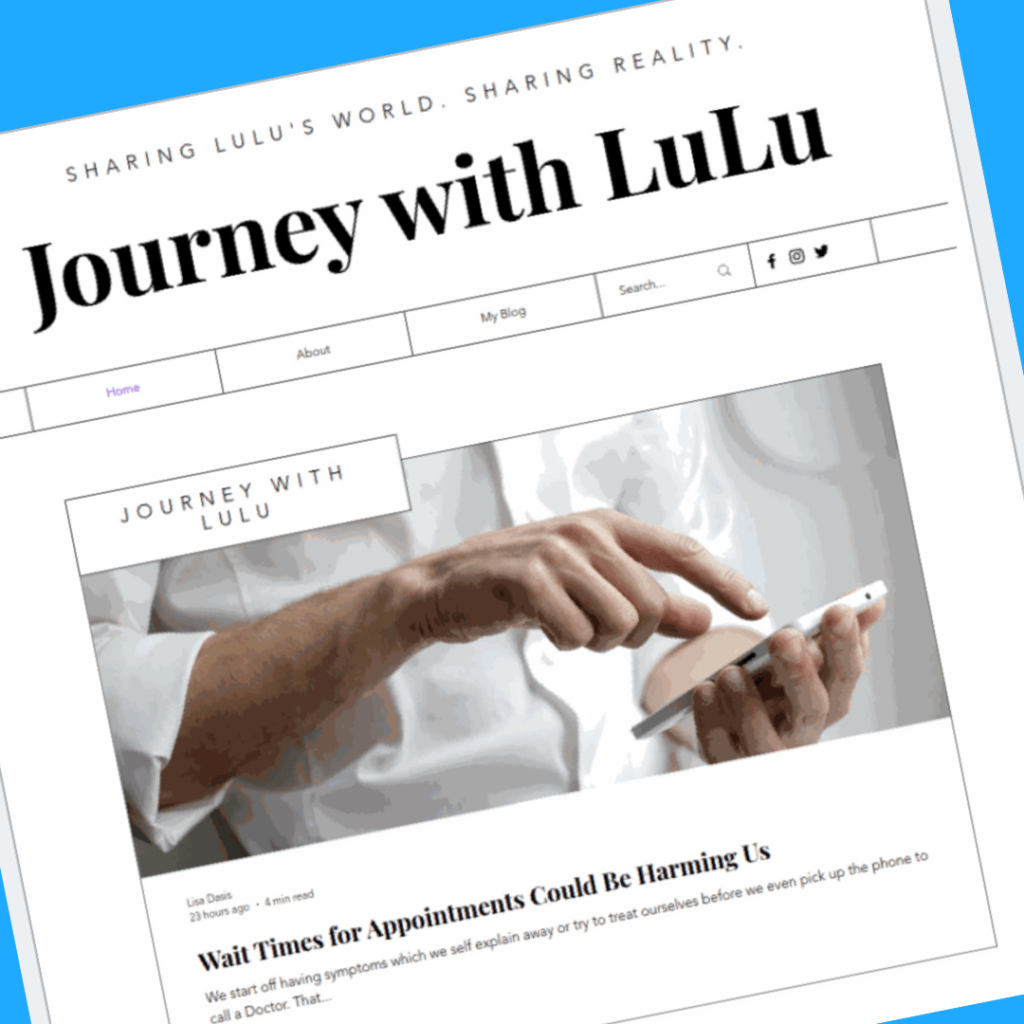Imstilljosh.com was given amazing access to data from Treato and we now know what so many patients are sharing and talking about online.
Those of us living with HIV are constantly grouped together and many times spoken about as one unit of individuals. I can not share how far the differences from one patient to the next really is in context of the response of our bodies, our different experiences living with the virus, the stigma we face, the challenges and more.
One company, Treato, is helping us to get a grasp on a few of those differences as part of new data that they recently released called “Understanding The Online Voice of The Patient About HIV.”
After analyzing 1,051,688 patient and caregiver discussions about HIV/AIDS online, 82% of the conversation is from males and 18% from female. Patients are using words like: safe, anxiety, unprotected, good, partner, HIV, person, pill, past, fine , and system.
According to their released data, online patient discussions about infection decreased from 24.20% in 1998 to 13.60% of HIV-related posts in 2013. BUT, the conversations about prevention in the same time period more than doubled!
We’re talking prevention! But, interestingly enough, there are 3 times as many conversations about PEP than about PrEP among HIV-related discussions online. There were 18,850 HIV-related posts focusing on prevention. According to their infographic, “PEP and PrEP are among the key topics being discussed.”

SO WHAT DOES THIS ALL MEAN? ASK THE EXPERTS AT NMAC
I am not expert at analyzing data. I seem to get numbers wrong more often than not when it comes to my balancing my bank account, so I asked the expert. I reached out to National Minority AIDS Council’s Director of Outreach and Public Affairs, Kyle Murphy for some well-advised counsel on all this data and what it means.
“This data released by Treato confirms that, as with every other aspect of our lives, the internet is playing an increasingly critical role in disseminating information about HIV prevention, care and related supportive services to the broader public. While this isn’t groundbreaking, it reminds us that like other disease groups, “big data” can and should play a major role in our efforts to improve health outcomes for our clients along each step the treatment cascade. As a result of the devastating stigma that surrounded HIV in its early years – a stigma that continues to exist in different proportions today – concerns about privacy and client confidentiality have made many in our community hesitant to dive into the deep end of the data pool, but as we can see from Treato’s analysis, our clients are turning to the internet to find this information, so we have no choice but to make sure that we are there to give them accurate and correct data when they do. Additionally, it is clear given the high volume of questions around management of the disease, as well as selecting appropriate insurance coverage, that there is a thirst among our clients for a renewed focus on treatment, health and insurance literacy. It is also clear that as the ACA continues to expand and becomes a reality of daily life for millions of Americans, the need for these services – especially health insurance literacy – will only grow.” – Kyle Murphy, NMAC

“To mark World AIDS Day, NMAC is launching a community agenda for the development of strong health literacy programming among health departments and CBOs, which is based largely on the robust discussions that took place at our Health Literacy Think Tank in 2013. The last time we had a similar need for large scale education around complex treatment and care data was back in 1996 with the advent of antiretrovirals (ARV), but the nature of the science and the methods thorough which people accessed the information were completely different. Given the openness of the internet and the new territory that must be charted to develop literacy programs that are responsive to the needs of constituent today, we must work collaboratively to develop standards that can be implemented and will be applicable to communities across the country. As we know, insurance is only as good as an individual’s willingness to utilize it. And without a major push to educate our clients – many of whom have never had insurance — utilization, especially among young men of color, will remain discouragingly low. I am excited to work with Treato to explore ways that we can partner to identify gaps in services and educational resources within certain communities, so that we can be front and center in the efforts to provide that education to them. I hope the entire community will join us in that effort. Big data and the internet are here to stay, but HIV does not have to be. ” -Kyle Murphy, NMAC
Sounds amazing to me! Kyle is so freaking amazing (and kinda cute I hear). 
And thanks Treato for this amazing perspective on what we are talking about. Now, I wonder… will this blog article be included in the next dataset? We’ll have to see!
Happy World AIDS Day Week Extravaganza!
CLICK HERE FOR THE ENTIRE INFOGRAPHIC RELEASED BY TREATO!
![[ IMSTILLJOSH ]](https://imstilljosh.com/wp-content/uploads/2020/09/9A79D7E4-5626-422E-ABC0-F601C8891E6A.png)
























